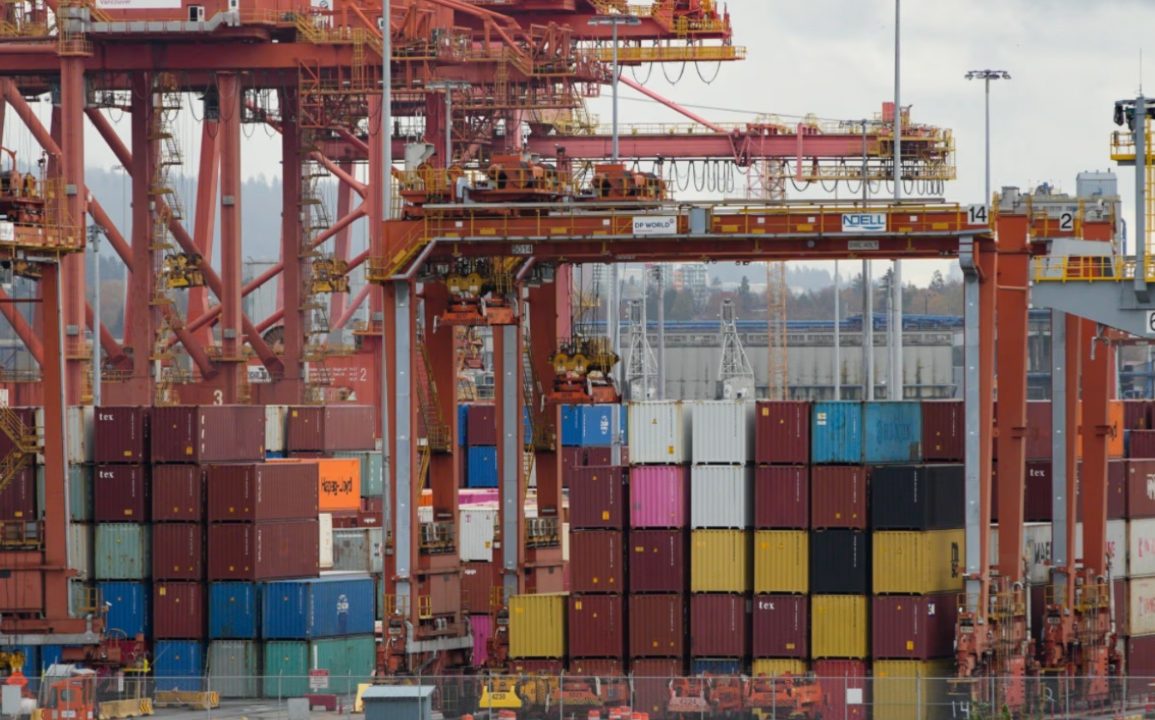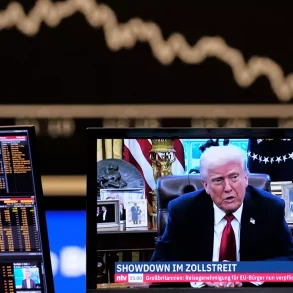U.S. customs duty collections hit unprecedented highs in June, pushing total tariff revenue over the $100 billion mark for the first time within a fiscal year. This sharp rise contributed to a surprise $27 billion federal budget surplus for the month, reversing a $71 billion deficit recorded in June 2024.
Gross customs duties reached $27.2 billion, with net collections at $26.6 billion after refunds. The figures highlight the growing fiscal impact of President Donald Trump’s aggressive tariff strategy.
Trump Touts Tariff Gains as Proof of Strategy, Promises More Revenue Ahead
President Trump views the increased tariff revenue as validation of his trade policies, signaling plans to escalate tariffs further. He stated that even more “big money” would flow in after new reciprocal tariffs take effect on August 1.
Treasury Secretary Scott Bessent echoed this sentiment, claiming the government is now “reaping the rewards” of reclaiming economic sovereignty, emphasizing the surge in customs duties alongside the absence of inflation.

For the first nine months of fiscal 2025, customs duties generated $113.3 billion in gross revenue and $108 billion net—nearly twice the amount collected during the same period last year. Tariffs have become the fourth-largest source of federal income, following withheld individual income taxes, non-withheld individual taxes, and corporate taxes.
Their share of total federal revenue has surged to approximately 5%, up from a historical average of 2% in just four months, underscoring their growing significance in the government’s financial structure.
Rising Revenue Meets Higher Spending as Deficit Grows and Tariff Reliance Deepens
Despite the temporary June surplus, the year-to-date federal deficit still rose by $64 billion to $1.337 trillion. Total receipts increased 7% to $4.008 trillion, partly due to stronger job markets and wages, while outlays climbed 6% to $5.346 trillion, driven by rising costs for healthcare, Social Security, defense, and debt interest.
Interest payments alone hit $921 billion in the first nine months, the highest of any single category, even though the average borrowing cost remained steady at 3.3%.
Looking ahead, Treasury Secretary Bessent forecasted that tariff collections could reach $300 billion by the end of calendar year 2025, though this would require accelerated growth beyond current trends.
Analysts like Ernie Tedeschi warn that early buying to avoid tariffs may delay future gains and that the government risks becoming over-reliant on tariff revenue. With new tariffs on goods from Brazil, Canada, and on materials like copper and semiconductors starting August 1, the Trump administration is ramping up its use of tariffs as both economic and geopolitical tools.








